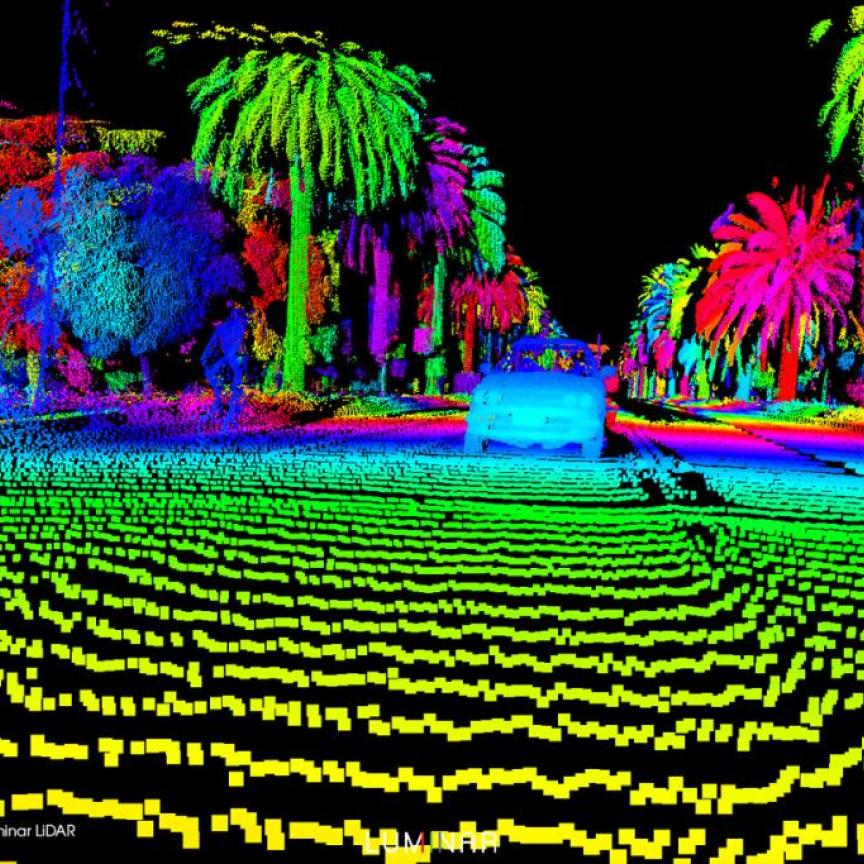Carlos Lee, director general of the European Photonics Industry Consortium, reports from a working dinner at ECOC where standardisation plans for photonic integrated circuits were discussed
The European Photonics Industry Consortium (EPIC) will address standards and technology roadmaps in the design and test, manufacturing, and packaging of Photonic Integrated Circuits (PIC), it was decided at a working dinner at ECOC in Cannes, France that took place on 22 September. This was the third event related to the standardisation of PICs and brought together players along the PIC value chain.
The design and test standard could create and disseminate a list of common design and testing rules for the different PIC foundries and packaging providers for either test or production. The manufacturing standard would establish common ground for the companies involved in manufacturing for sensing applications (low-mid volume) and telecom/datacom (high volume).
‘If we want to develop commonality, we will not all get 100 per cent of what we want; we must compromise,’ commented Mehrdad Ziari, senior director, optical integrated components group at Infinera.
A question remains on the need to split manufacturing based on volume. The initial reasoning behind this separation was the very different business models that companies dealing with small volume manufacturing of packaging service (for instance Technobis IPPS, Tyndall National Institute, etc) had in comparison with the telecom/datacom enterprises aiming for larger volumes (for instance TE Connectivity and IBM). However, a valid point was raised: does it make sense to create dedicated standards for low volume manufacturing that will possibly hinder the transition in scaling their production process to higher volumes when needed?
Standards don’t need to be immediately a single solution, but can start with narrowing down options so that ultimately a single industry adopted standard is reached. This is what happened for instance with the size of silicon wafers used in the semiconductor industry.
An interesting suggested alternative was to look at standards and roadmaps for particular applications, such as telecom/datacom, life-sciences applications, and sensing applications used for instance in environmental monitoring, avionics, and aerospace. The main driver for this proposition was the different application-dependent requirements which are directly related to the final product costs. It is commonly accepted in telecom/datacom that the main driver is to reduce costs. However, in medical applications there is a different scenario: product performance is key, and for some of the applications reducing cost has a lower priority.
Other photonic sensing products fall in between, such as spectrometers, for example for gas sensing applications, or fibre sensor readouts for structural health monitoring. In these cases, the products have low to mid volume demands but, at the same time, they need to be very cost-effective for users to consider replacing existing solutions.
As an intermediate conclusion, it was decided that the current work-package distribution will be used as a working concept only and be adapted depending on requirements. It will also ensure that there is an active dialogue among customers and suppliers to understand their respective needs and capabilities.
EPIC meetings will systematically be organised in conjunction with OFC and ECOC. The next EPIC workshop to be hosted by EVG will take place on 9-10 June 2015 in St. Florian am Inn, Austria.
Related articles:
Photonic integrated circuits needs standardisation is message from EPIC workshop
Further information:

